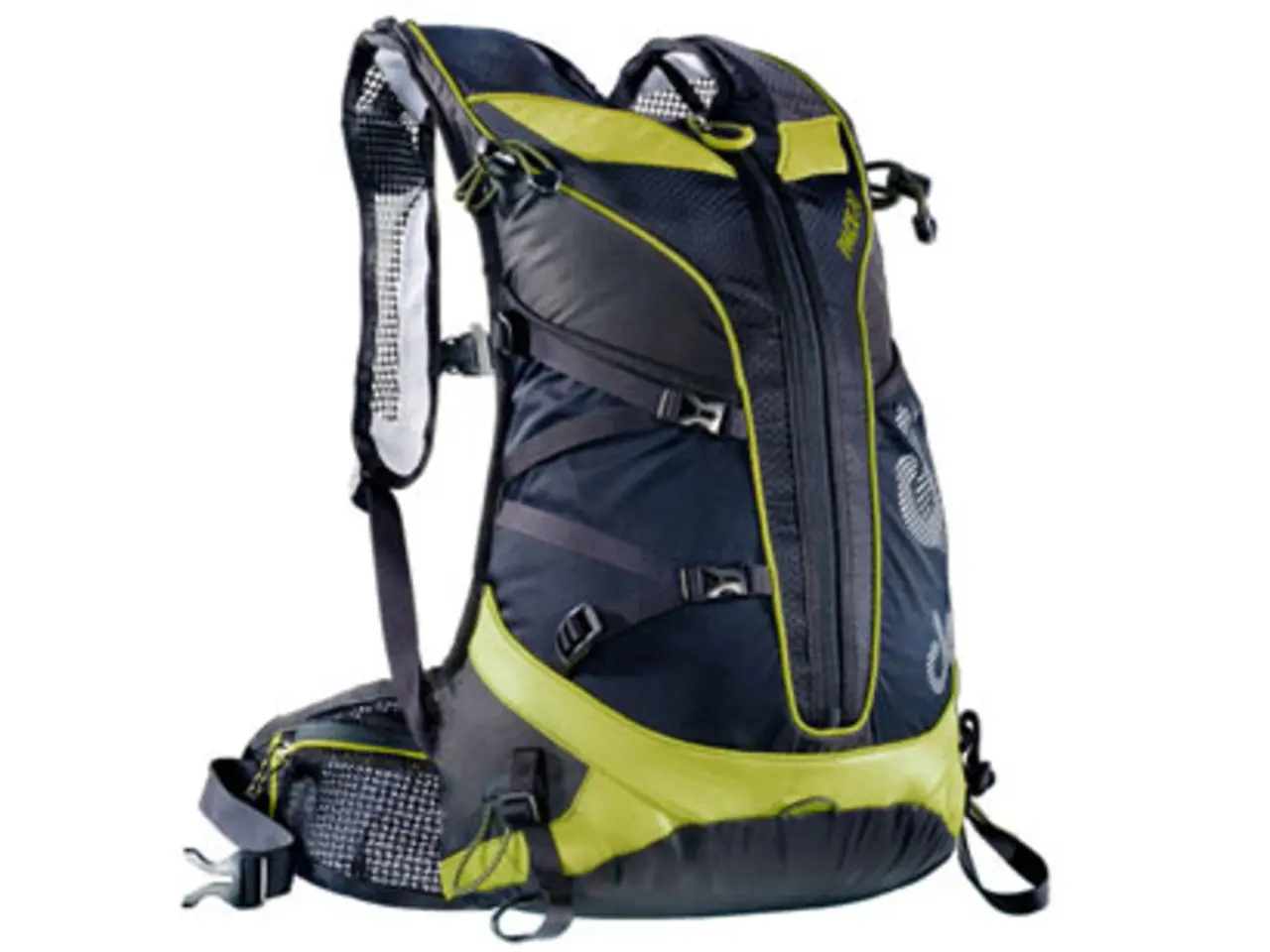Airlines enacting fresh regulations regarding travel liquids within luggage within the EU
The implementation of next-generation CT scanners for detecting liquid explosives in carry-on luggage at German airports is underway. These advanced scanners, using medical-grade technology, have been approved by the European Union and are capable of reliably identifying liquid explosives [1][3][4].
In Germany, some airports have started to deploy these advanced scanners, allowing travelers to carry up to two liters of liquids in hand luggage where such equipment is available. However, the rollout is gradual and uneven, as many airports still use older screening devices, and some new scanners lack the required software for full implementation [1][3][4].
As a result, the 100ml limit largely remains in effect, and passengers cannot always know in advance which type of scanner they will encounter at security checkpoints. Around 700 of these CT scanners, mainly from the UK manufacturer Smiths Detection, have been installed or are being installed across 21 EU countries, including Germany [2][3][4].
Despite this significant deployment, a full transition is expected to take time, meaning the easing of liquid restrictions will progress in phases and differ between airports and terminals. The exact timeline for the implementation of the new scanners and the end of the 100-milliliter container rule is uncertain [1][2][3][4].
The new scanners use medical technology (computed tomography or CT) to scan hand luggage. They deliver hundreds of images of luggage, enabling 3D views and layer-by-layer examination at the control screen [6]. Both solid and liquid explosives can be detected by the CT scanners.
The changes in liquid rules for carry-on luggage in the EU are considered a nuisance by many airline passengers. The funding for these control devices can come from airport operators, the Federal Ministry of the Interior, or state aviation security authorities, depending on who is responsible for the controls [5].
The transition of all control lanes to CT scanners is complex, requiring extensive structural adjustments and funding. Munich Airport, for instance, has the necessary scanners available, but the software needs to be adapted, potentially postponing the changes to an unknown date [7].
In Frankfurt Airport, 40 of nearly 190 control lanes have the new scanners, and another 40 have been ordered [8]. It is worth noting that the restriction of 100 milliliters still applies at control lanes with old conventional technology in both Frankfurt and Munich airports.
The liquid restrictions in air traffic were introduced in 2006 due to the potential for terrorists to manufacture explosives from several liquids on board an aircraft [9]. The new CT scanners, if fully implemented, could potentially revolutionise the way liquids are screened at airports, making travel more convenient for passengers while maintaining security standards.
[1] https://www.reuters.com/world/europe/eu-approves-use-ct-scanners-detect-liquid-explosives-airports-2021-04-21/ [2] https://www.theguardian.com/world/2021/apr/21/eu-approves-ct-scanners-for-airport-security-to-replace-liquid-ban [3] https://www.dw.com/en/eu-approves-ct-scanners-for-airport-security-to-replace-liquid-ban/a-57643391 [4] https://www.bbc.com/news/world-europe-56830859 [5] https://www.dw.com/en/eu-approves-ct-scanners-for-airport-security-to-replace-liquid-ban/a-57643391 [6] https://www.dw.com/en/eu-approves-ct-scanners-for-airport-security-to-replace-liquid-ban/a-57643391 [7] https://www.reuters.com/world/europe/eu-approves-use-ct-scanners-detect-liquid-explosives-airports-2021-04-21/ [8] https://www.dw.com/en/eu-approves-ct-scanners-for-airport-security-to-replace-liquid-ban/a-57643391 [9] https://www.bbc.com/news/world-europe-56830859
The new CT scanners, capable of reliably identifying liquid explosives, are being deployed at German airports, allowing for a more comfortable travel lifestyle as passengers can carry up to two liters of liquids in hand luggage where such equipment is available. However, the implementation of the new scanners is gradual and uneven across airports, with many still relying on older screening devices, leading some passengers to question the easing of liquid restrictions when encountering traditional security screening. Despite the significant rollout of these scanners across European Union countries, including Germany, a full transition is expected to take time, and the exact timeline for the end of the 100-milliliter container rule remains uncertain.




